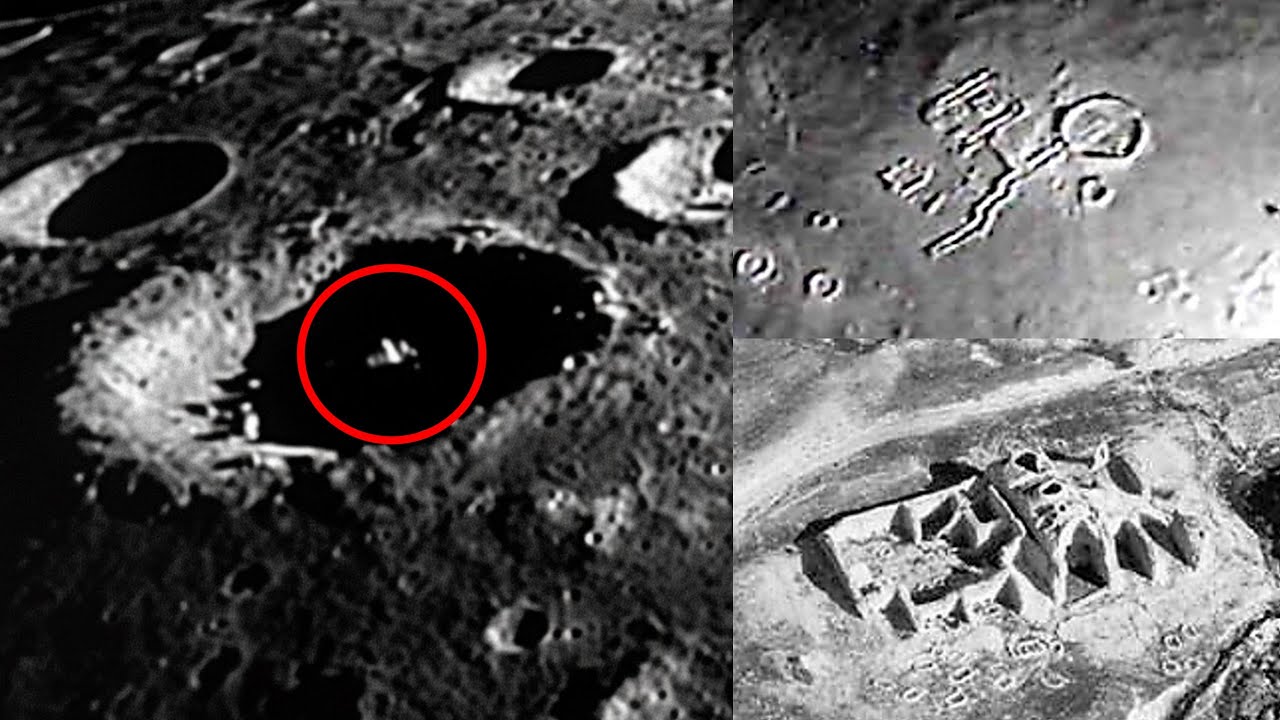
In a stunning revelation that has captured the attention of scientists and space enthusiasts alike, researchers are exploring a provocative question: What if Earth orbited an alien star instead of our familiar Sun? This inquiry sheds light on the intricate relationship between stars and the planets that orbit them, fundamentally altering our understanding of habitability in the cosmos.
Currently, Earth enjoys a unique position in the habitable zone of a G-type star, the Sun. However, the universe is filled with diverse star types, from blazing blue giants to dim red dwarfs, each with its own characteristics that could dramatically impact life on Earth. For instance, if Earth were to orbit UY Scuti, one of the largest stars known, its very existence would be threatened, as this hypergiant would incinerate the inner planets, including our own.
Conversely, if Earth found itself near a red dwarf, the most common stars in the galaxy, the planet would need to orbit much closer to avoid freezing temperatures. This proximity could lead to a tidal locking phenomenon, resulting in one side of Earth basking in perpetual daylight while the other is trapped in eternal darkness, creating extreme living conditions.
As scientists grapple with these possibilities, the implications are staggering. Could life as we know it exist under such radically different environments? The debate continues, but one thing is clear: our planet’s fate is intricately tied to the stars it orbits.
This exploration raises urgent questions about the nature of life in the universe and what conditions are truly necessary for our survival. As we peer into the cosmos, the potential for discovery is limitless, igniting curiosity and fueling the search for extraterrestrial life. In a universe brimming with possibilities, the stakes have never been higher. Stay tuned as this story develops, and prepare for a journey into the unknown!




